‘Painting has always been dead,’ Willem de Kooning once mused. ‘But I was never worried about it.’ The exhibition Mixing It Up: Painting Today at the Hayward Gallery is crammed with work by 31 artists who likewise don’t allow the allegedly moribund state of their medium to keep them away from pigments and palette.
This is well worth a visit, not only to see such good things as ‘Hold the Right Rail’ by the 87-year-old Rose Wylie, containing a patch of yellow curtain that somehow holds the eye and stays in the memory; the kind of magic that paint can work like nothing else. Elsewhere there is plenty of evidence on show of ebullient pleasure in the material itself, whether thick or thin, loose and free or applied with a delicate touch.
Mixing It Up also provides a handy introduction to various star exponents of the easel and brush who have risen in recent years. Oscar Murillo is one of these: prominent enough to have been shortlisted for the Turner Prize in 2019 (and would perhaps have been the winner had all the contestants not asked for the award to be given jointly). He works in other ways, including sculpture and video, but at the Hayward Murillo shows a series of huge pictures — all entitled ‘manifestation’ (2019–20) — which pack a considerable punch. These have the feeling of shimmering water you get in Gerhard Richter’s abstracts, but in a much harsher, messier manner. There is a suggestion of black, beating wings, wreckage, chaos. In early autumn 2021, they have a rather timely feel.
Mixing It Up, however, makes few claims to have caught the zeitgeist. As the title jokily implies, it is a bit of a jumble, containing a sprinkling of fabulous things and quite a few others suggestive of the village art show. There is no proclamation of a new ‘movement’ or ‘-ism’ (wisely).
If there is a presiding influence, it might be Peter Doig. This is not so much a matter of how he paints (though there are signs other artists have been paying close attention to his softly saturated colour). It’s more that Doig, born in Edinburgh, brought up in Canada and the Caribbean, educated in London, now living and working partly in Trinidad, is a perfect example of the global painter. Although the artists included in the show are all based in the UK, many of them have had similarly cosmopolitan careers. Murillo originally hailed from Colombia, while Jonathan Wateridge, another of the stars of the show, spent his early life in Zambia. Among painters who were new to me and caught my eye, Kudzanai-Violet Hwami and Sophie von Hellermann were brought up, respectively, in Zimbabwe and Munich.
Of course, art always has been a bit globalised. What art historians called ‘influence’ is ‘appropriation’ by another, less hostile name. We all borrow from each other, and always have — but maybe nowadays even more.
One element that isn’t much in evidence is photography (the rival wrongly believed to have murdered painting in 1839). Admittedly, Hwami works from a digital collage of her own photos and found images, which she then renders on the canvas. And Wateridge, until recently, operated in a manner almost like a film director, setting up scenes with actors, which he then photographed, using the camera images as a basis for the final painting. But he has recently moved towards a looser, brushier idiom.
Over at Damien Hirst’s Newport Street Gallery, there is a large exhibition of work by the doyen of American ‘photorealist’ painting, Richard Estes. Except, as usual with stylistic labels, that one isn’t quite correct. When one talks to Estes, one quickly discovers that he just thinks of himself as a realist artist — something rather different. He first came to attention in the late 1960s with pictures of New York that seemed to have a bit of a pop art vibe, full as they were of neon signs and shiny cars and plate-glass windows.
However, the works on show bear out his claim that he is a part of a long line of artists, such as the Americans Thomas Eakins and Frederic Edwin Church, stretching back to Canaletto, who used a camera as a tool (in Canaletto’s case a film-less camera obscura). But that is not the same thing as slavishly copying photographs. It involves a process of translation. Ironically, in reproduction an Estes painting does indeed look rather like a photo. But when you stand in front of one, you are aware of Estes’s neat, decisive brushstrokes, the satisfying physicality of the paint (which Hirst has called ‘yumminess’); of all the beauties that only paint can produce. These painterly pleasures explain why, far from expiring, the medium has never even been seriously unwell. It certainly seems sprightly just at the moment.
Got something to add? Join the discussion and comment below.
Get 10 issues for just $10
Subscribe to The Spectator Australia today for the next 10 magazine issues, plus full online access, for just $10.
You might disagree with half of it, but you’ll enjoy reading all of it. Try your first month for free, then just $2 a week for the remainder of your first year.

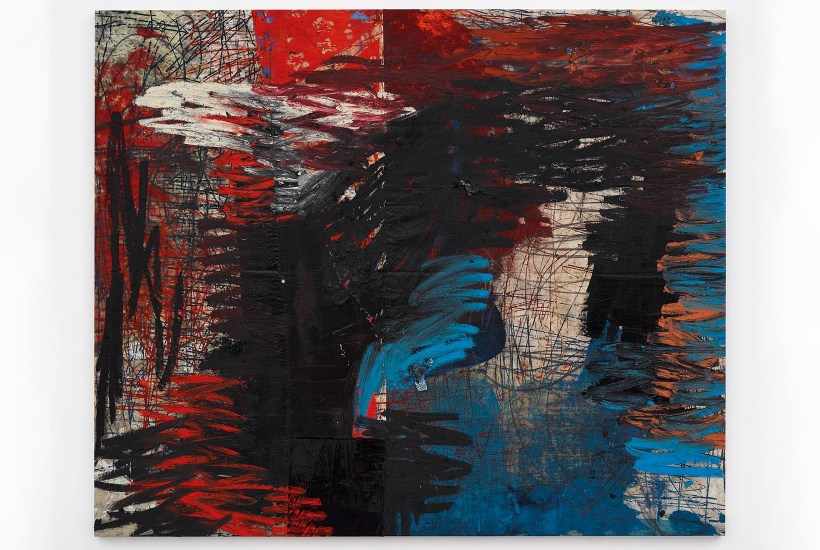
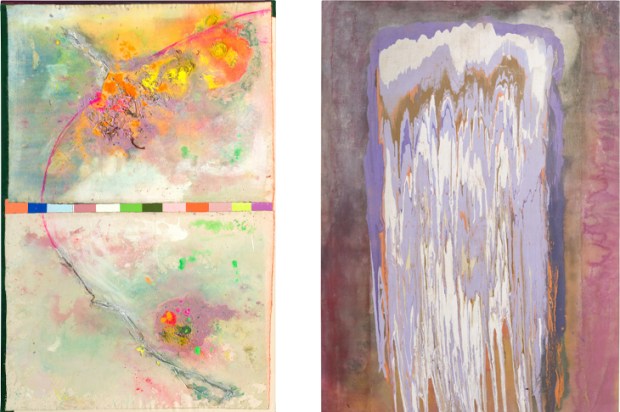
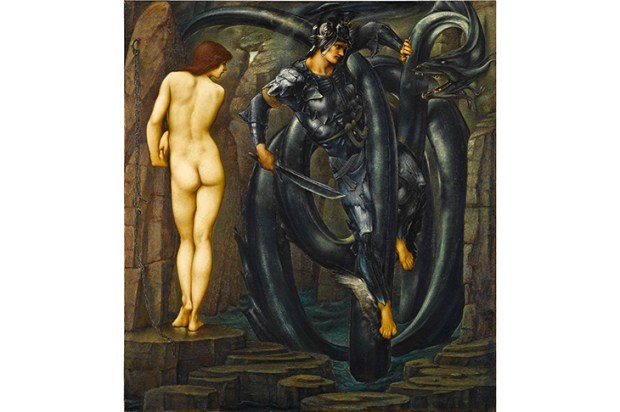
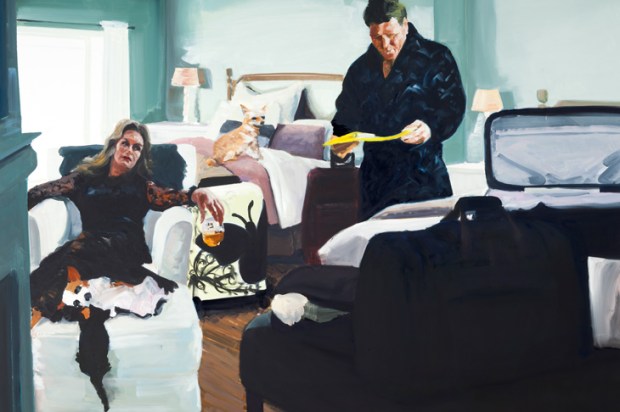
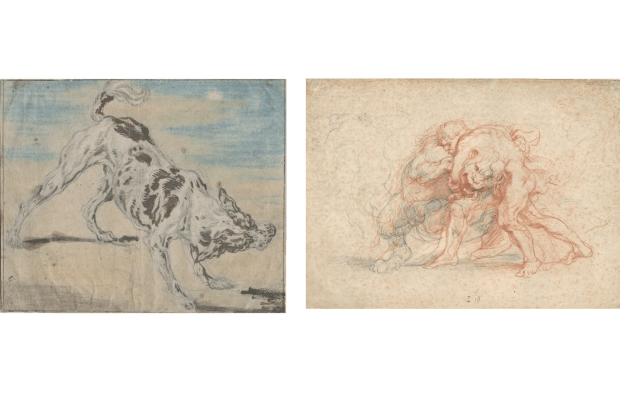
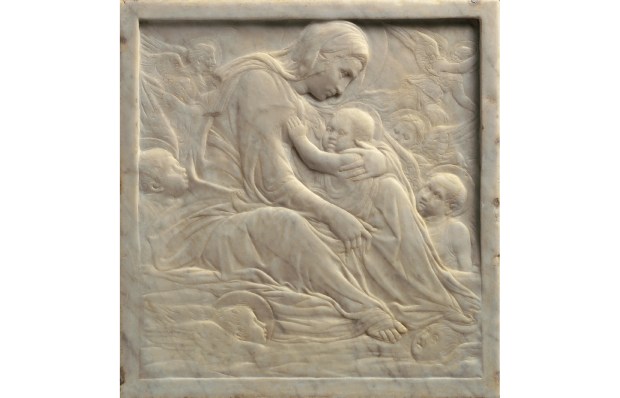
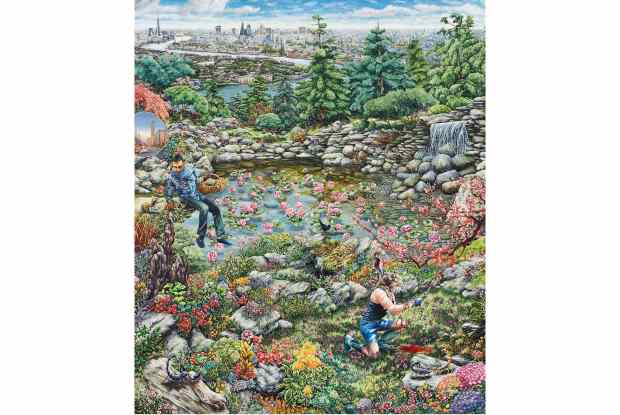






Comments
Don't miss out
Join the conversation with other Spectator Australia readers. Subscribe to leave a comment.
SUBSCRIBEAlready a subscriber? Log in